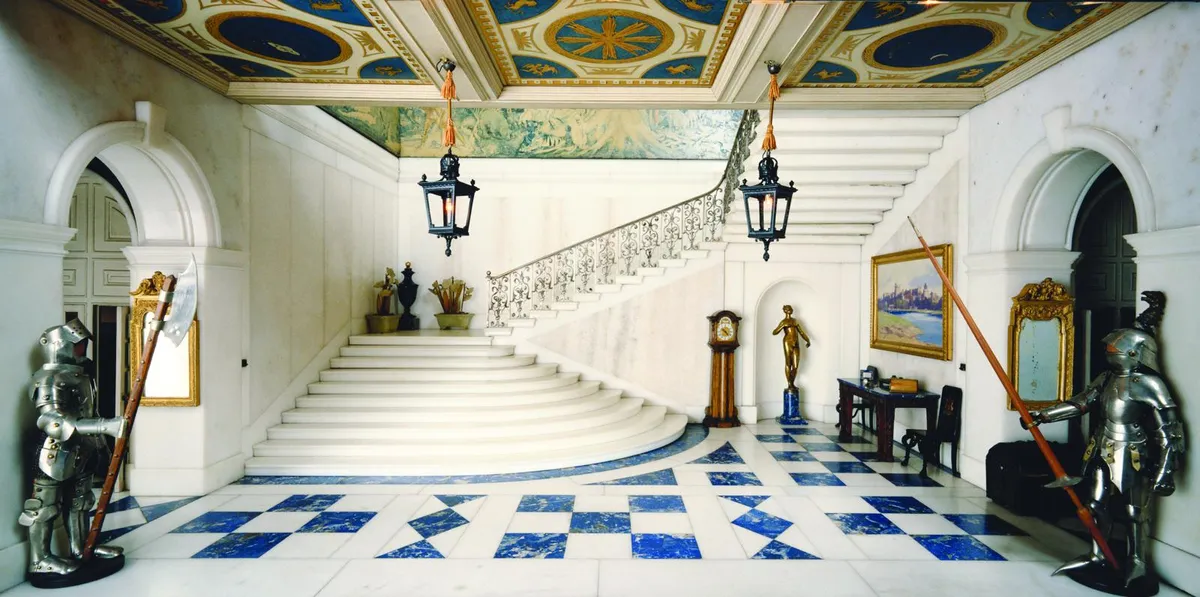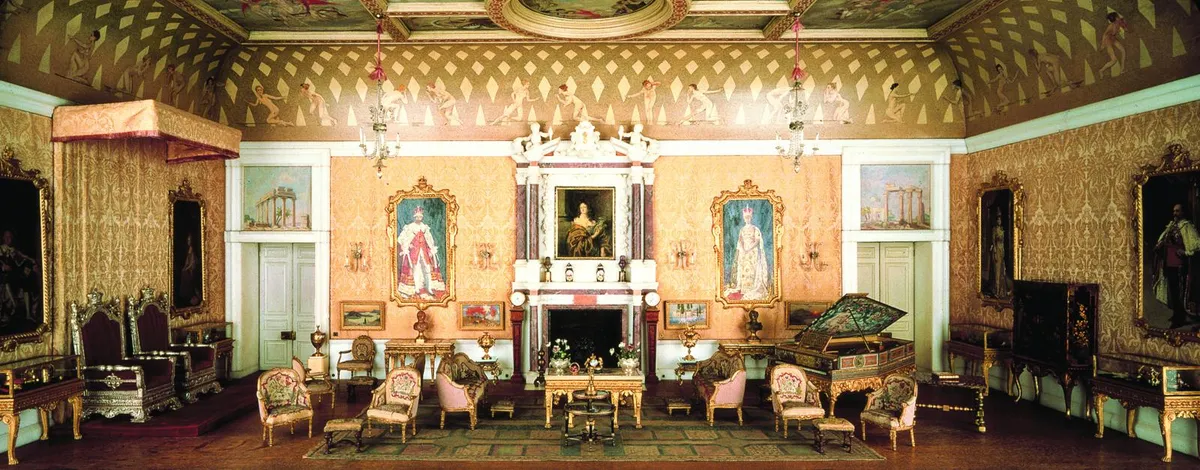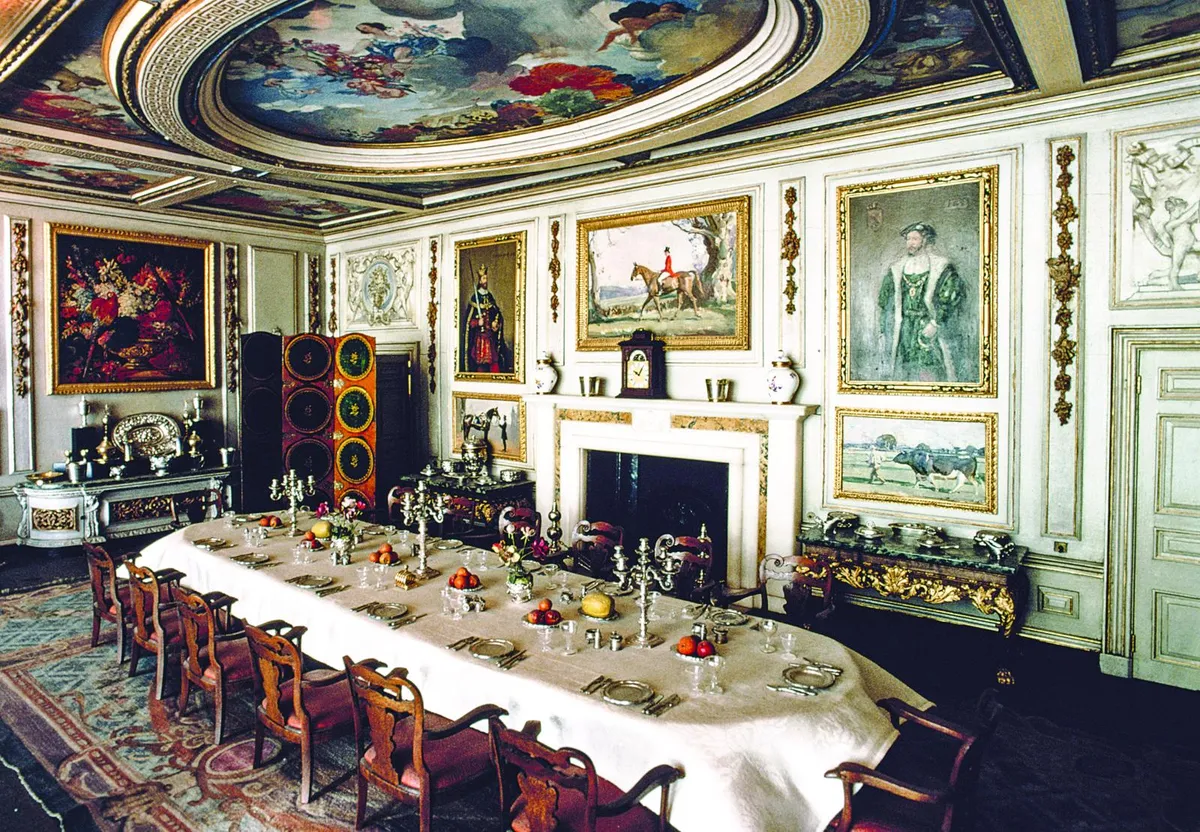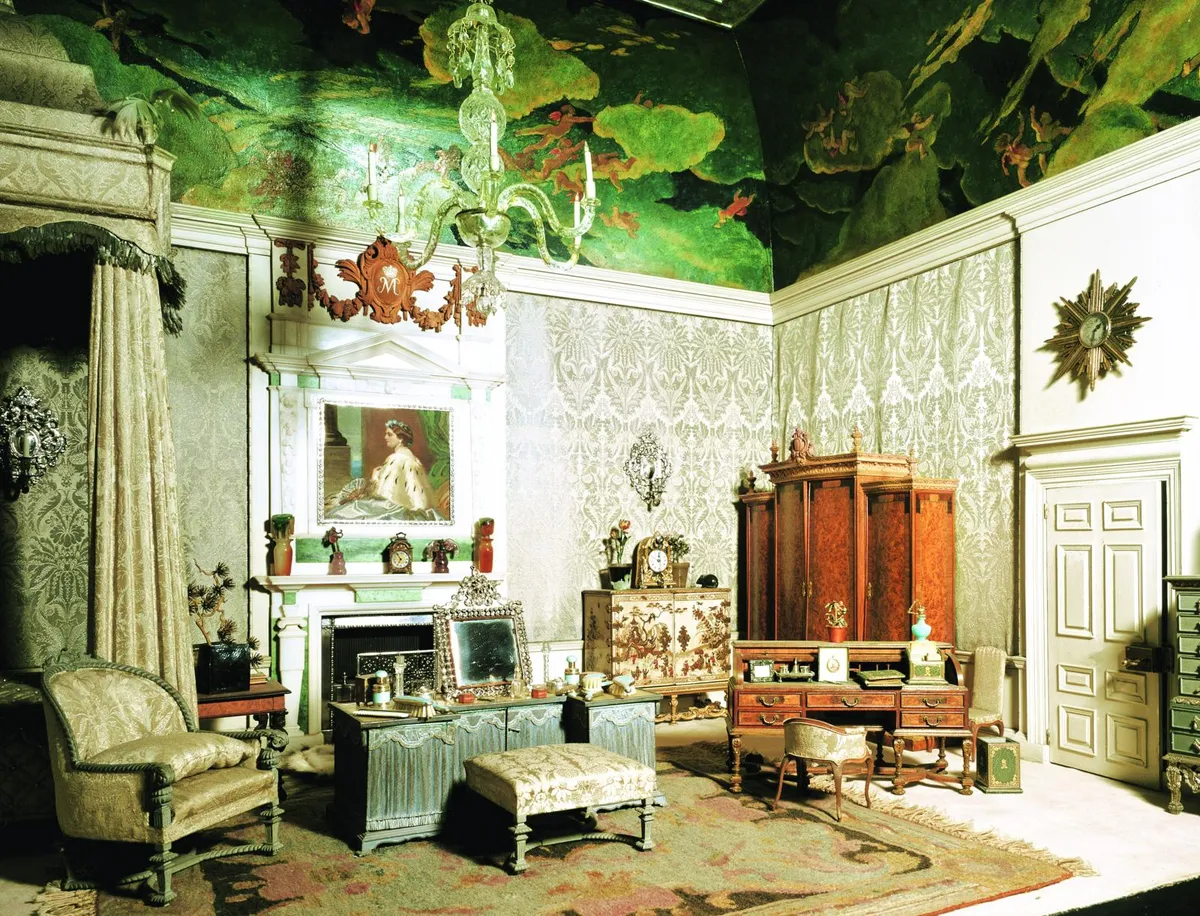In Beatrix Potter’s delightful children’s book, The Tale of Two Bad Mice (1904), a pair of rebellious rodents vandalise a dolls’ house. They discover a spread of miniature dolls’ house food made from plaster, glued to tiny plates. Potter’s charming illustrations depict ‘two red lobsters and a ham, a fish, a pudding, and some pears and oranges. They would not come off the plates, but they were extremely beautiful.’ Frustrated by their inedibility, the mice smash them to smithereens.
You might also like the best platinum jubilee gifts
Antique dolls’ houses are a microcosm of the domestic; of past worlds, now vanished. The earliest European dolls’ houses were known as ‘baby’ houses – baby being an old English word for doll; intended primarily as valuable display cases for aristocratic grown-ups, rather than as toys for children. But by the early 20th century, dolls’ houses had become a staple of the middle- and upper-class nursery.
The largest, and arguably the most famous, dolls’ house in the world was built for Queen Mary by the great architect, Sir Edwin Lutyens, between 1921 and 1924. Presented to Queen Mary as a ‘gift from the nation’, it was exhibited at the British Empire Exhibition in 1924 and is now displayed at Windsor Castle.
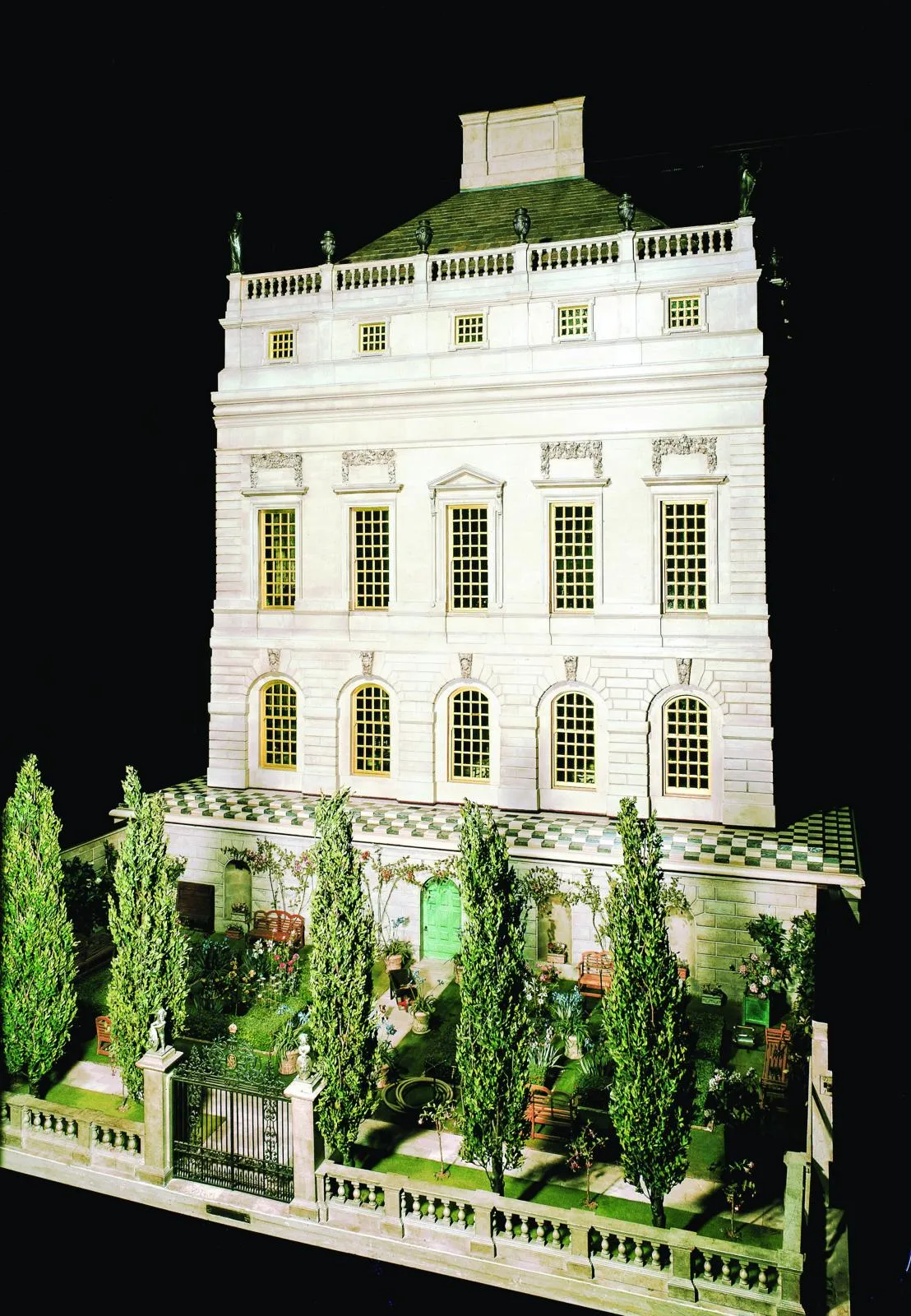
Following the trauma of the First World War, the royal family were keen to record how a royal residence might have appeared at that time; in reality, the last throes of Edwardian England preserved in aspic. At the same time, the dolls’ house would become a showcase for British artists, craftsmen and retailers to display their talents and goods, recreating the world of ‘Upstairs, Downstairs’ in miniature.
You might also like what's the difference between a palace and a castle?
Queen Mary’s dolls’ house has working electrical lights, genuine plumbing (with running water and flushing WCs) and a garage stocked with a petrol pump and operational cars of the day, including Daimler, Rolls-Royce, Vauxhall and Sunbeam. The Lilliputian wine cellar was chosen especially by Francis Berry, senior partner of the distinguished wine merchants Berry Bros & Rudd, and includes vintage Champagnes, premier cru Clarets, Burgundy, Sauternes, Port and Madeira.
A pull-out drawer reveals a ‘garden’ designed by Gertrude Jekyll, the distinguished plantswoman, including benches, parterres, working taps and hoses, and miniature wheelbarrows. Inside, the Library boasts readable books bound in gilt and Morocco leather, by literary luminaries of the day including Rudyard Kipling, G. K. Chesterton, Aldous Huxley, John Buchan and Siegfried Sassoon.
George Bernard Shaw refused to contribute and sent a reply, considered ‘not even amusing’. The art collection has some 750 works by famous artists, including Dame Laura Knight, Sir Frank Dicksee, and Mark Gertler. A miniature copy of Munnings’ portrait of Edward, Prince of Wales, hangs in the Dining Room.
You might also like a royal seat: the Prince of Wales Investiture chair
More recently, Vivien Greene (1904–2003) – the wife of novelist Graham – assembled an extraordinary collection of antique dolls’ houses. Vivien began to collect them during the war, visiting obscure auction sales with her friend, the historian, A. J. P. Taylor, rescuing old dolls’ houses from the metaphorical wrecking ball.
How much are antique dolls' houses?
In 1998, Bonhams sold The Vivien Greene Dolls’ House Collection in a two-part sale. For antique dolls’ houses can be valuable. A superb, late 19th-century Moritz Gottschalk dolls’ house from Germany fetched £17,000 at C & T Auctioneers in 2020. Less ornate, but equally imposing, was an 1878 English townhouse by J. Henson, modelled after a grand residence in London’s Park Lane. It sold for £6,800 at SAS Auctions in Newbury.
At the more affordable end of the spectrum come the dolls’ houses by G & J Lines. I’m taken with a splendid late Victorian villa, built in that architectural style christened ‘Wimbledon Transitional’ by Osbert Lancaster. It sold at C & T Auctioneers for £440 in May 2016. ‘Tudorbethan’ dolls’ houses, reflecting the spread of early 20th-century suburbia, were produced by Lines Bros’ Tri-ang Toys from the 1930s to the 1950s – and in large numbers.
Although lacking that important rarity factor, attractive houses can still be bought at auction for affordable prices. As ever, values depend on originality and condition. A 1930s Tri-ang ‘Stockbroker Tudor’ house No. 93 in original condition sold for £160 at SAS Auctions in 2015. In comparison, the same model, albeit with a redecorated interior and repainted exterior, sold for £55 at SAS Auctions in June 2018.
